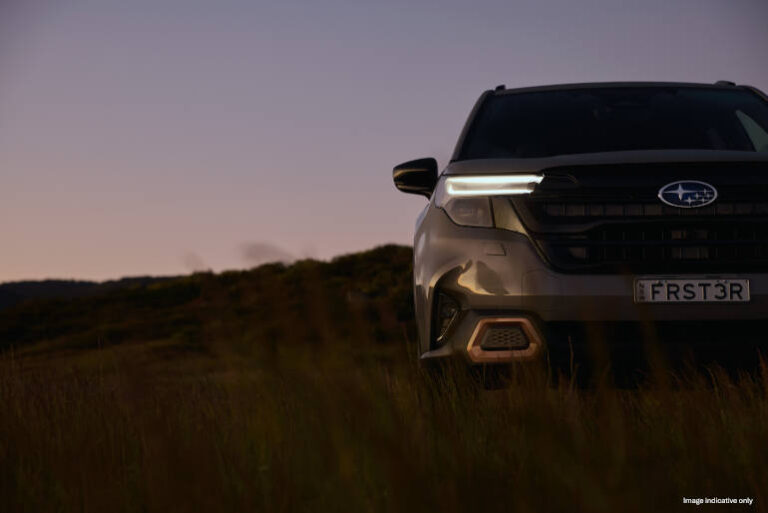Subaru has confirmed that its next-generation Forester, set to arrive in Australia in 2025, will feature a new full hybrid powertrain. This marks a significant shift for the brand, moving away from its mild-hybrid offerings to a more advanced system designed to better meet emissions reduction targets — an increasingly important priority for fleet operators.
For many Fleet Managers, Subaru’s renowned safety, reliability, and all-wheel-drive capability have made the Forester a dependable choice. However, previous attempts to reduce fuel use and emissions with mild-hybrid technology have fallen short of expectations. While the intention was there, real-world results told a different story.
In recent independent testing conducted by the Australian Automobile Association (AAA), the 2023 Forester Hybrid recorded a real-world fuel consumption figure of 7.4 L/100km, noticeably higher than the mandated laboratory test result of 6.7 L/100km. In contrast, the non-hybrid Forester performed better in real-world conditions, using 7.2 L/100km compared to its laboratory result of 7.4 L/100km. This discrepancy left some fleet buyers questioning the value of mild-hybrid technology, particularly for organisations under pressure to reduce emissions and operating costs.
Subaru’s new full hybrid system aims to address these concerns. According to Subaru, the upcoming hybrid Forester will feature a more powerful and efficient electric motor combined with a reworked petrol engine. The system is designed to deliver seamless transitions between petrol and electric power and to provide genuine fuel savings in urban and highway driving.
For fleets operating in city environments, where stop-start traffic and lower speeds are common, full hybrid systems have already proven themselves in other brands’ line-ups. The addition of a full hybrid to the Forester should bring Subaru in line with competitors like Toyota, who have long set the benchmark in hybrid efficiency.
While official fuel consumption and emissions figures for the new Forester Hybrid are yet to be released, expectations are high that the improvements will be noticeable in real-world conditions. The 2025 Forester will also debut new driver-assist technologies, improved interior comfort, and updated connectivity features, all of which are increasingly important for fleet buyers who view vehicles as mobile workspaces.
The new model will continue to be built on Subaru’s Global Platform and is expected to offer both front-wheel-drive and symmetrical all-wheel-drive options. For regional councils, utilities, and businesses requiring vehicles that can handle rougher terrain, that versatility remains critical.
For Fleet Managers who were disappointed by the mild-hybrid performance, the arrival of a full hybrid powertrain could be the solution they’ve been waiting for. Pricing, specifications, and exact arrival dates will be announced later in 2024, but anticipation is already building for a model that promises to deliver on Subaru’s reputation — with the emissions performance fleet buyers now demand.






